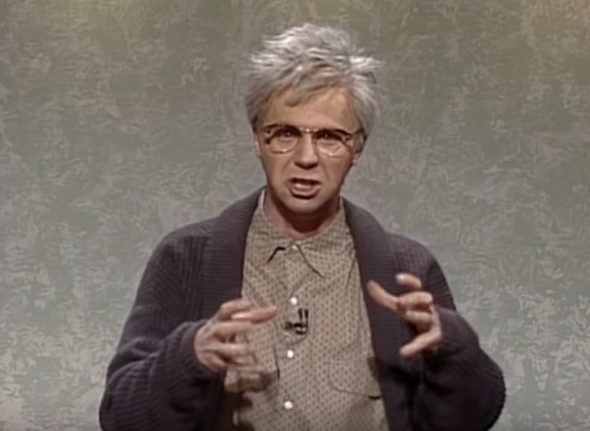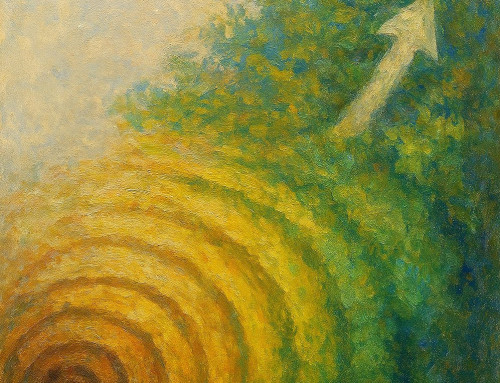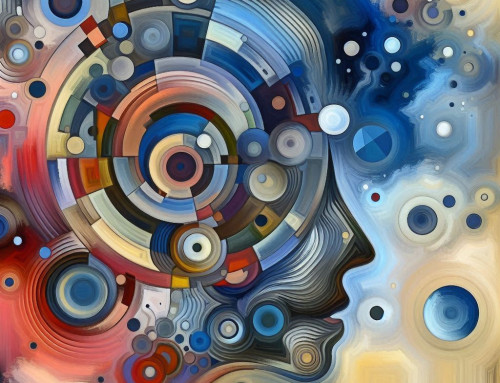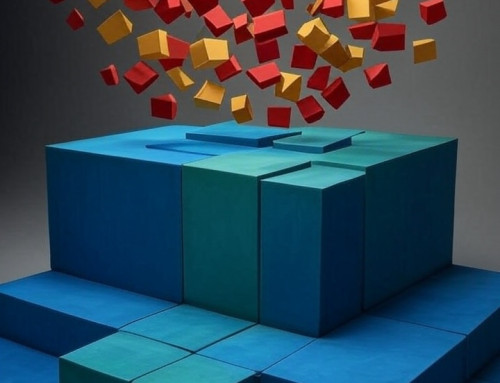Talk to most any ex-martial artist about martial arts and the conversation will undoubtedly go to the subject of, “we trained so much better back in the day…the training just isn’t the same today, everyone is so soft”. They may mention how they didn’t use pads when they sparred, or how they were forced to run barefoot for ten miles on blistering hot concrete before each class. Maybe even how their instructor used to send them into bars to pick fights to sharpen their skills! I’ve heard it all.
There are two things to address when it comes to this myth. First, why it’s incorrect. Second, why people believe they trained better back in the day.
Let’s start with the first part of this myth. No, we didn’t train “better” in the past. Maybe some people trained harder than what they perceive people are training today. Maybe they took more bruises than people take today. But does that make it better? No.
One consistent response I hear during these conversations is how the practitioner never wore pads when they sparred. That is probably true. I began my martial arts career in 1993. Even at that time, pads were slim pickings. There were only two companies I knew of that offered sparring gear and pads. They had the basics, head gear, foot gear and hand gear. When I first saw shin gear, a couple years into my training, I dropped to the ground and thanked god for answering my prayers. The amount of times I’ve smashed my shins on knees, elbows and other shins was haunting me.
Sparring gear has been around for a while, but not easily accessible for small schools with no money. Small schools with no money make up a vast majority of the martial arts schools in the world. Due to this, many schools just didn’t use the gear. This lack of gear doesn’t make you better. It just gives you more bruises, broken knuckles, broken toes and cracked shins. All things that can hinder your training. Thankfully, the access and affordability of sparring gear has grown immensely. You can easily get a full set of gear for under $100 these days, even if they aren’t great quality.
Another thing that is brought up is how, “back in my day” stories mentioned not needing heating and cooling. They fought all day in 100 degree rooms during the summer and nearly froze to
death in the winter. When I first began my training, the building we trained in didn’t have heating and air either. We loaded up on fans around the room and pushed through. It sucked. It didn’t mean we trained better. Again, affordability was an issue. I don’t know about anyone else, but I fight harder and
longer when I’m properly cooled by an A/C unit!
How about the, “back in my day” stories that involved running ten miles, barefoot, across scalding hot concrete for a warm up before class? First of all, huh? Secondly, doing such a thing doesn’t make you a better martial artist. It makes your instructor a jerk and you a moron for paying him money
to abuse you for no reason.
Don’t get me wrong, we occasionally did crazy stuff during seminars or camps over the years, such as a large amounts of push ups over a weekend camp, or sparring in the mud, or doing situational sparring on the concrete in the parking lot. However, we usually were laughing our way through some of them as they were more of a hazing or to see if we could do it. In other cases, such as training on concrete, was done to get used to the different surface for defenses. We wore shoes though and pads when needed.
Overall, yes, some people did some hardcore training in years past. But was it better? In nearly every scenario, no. We’ve learned over the years how to be more efficient and hold safer classes, while maintaining a high level of training. Just because a person may have had more bruises when they trained years ago, doesn’t mean they were better martial artists. It just means they had less gear, knowledge and options to protect themselves.
There are still some schools that have these hardcore elements implemented in their training these days. However, their student base is quite slim. Generally this is a small group of people that just love that hardcore training. The vast majority of martial artists today have no interest in destroying their bodies and walking around with limps and bruises on their bodies all day long.
Now on to the second portion of this myth, why do people suggest we trained better years ago? There are a couple reasons I can think of. For one, the rise of the McDojo. McDojo is the
nickname martial artists have given to martial arts schools that all but give out black belts to anyone who walks through the door and willing to pay enough money. More than a million black belts served!
These schools do a dis-service to the martial arts community. These schools are generally a business and not a school. Only out for the money. All schools wished they could make money on
teaching martial arts, but most aren’t willing to sacrifice their art and morals just to make a buck. Don’t get me wrong, there are some great schools out there that also make great money. It’s not easy, though. It’s much easier to sell promises and black belts while not producing quality students and making bank.
I like to believe these are not the majority of schools. However, there are a lot of them out there. It’s my opinion that people see these schools (as they are the most publicized due to their
business savvy nature) so the perception is that these are the only schools around. They are not. They are just the most known and recognizable as they are good at advertising. For instance, here in Wilmington, NC, at last count, there are approximately forty martial arts schools or clubs in the area. However, there is only one that I would call a McDojo. Yet, that is the one of the best known schools in the area, unfortunately.
This isn’t the only reason people think they trained better back in the day though. There is an interesting psychological explanation that I believe is a big factor. It’s known as having a, “rosy
retrospection”. This is a cognitive bias in which we recall things as better than they actually were. We have a tendency to forget the negative experiences as we prefer to enjoy the positives. Due to this, we think of these experiences more than the negative and, over time, the negative thoughts fade away while the good ones stick. We are left with only remembering what we feel is the good experiences.
You may be asking, “How can having a collection of bruises and harsh circumstances be considered good?” This is due to how it makes us feel. Living through tough times makes us feel like a
better person than living through easy experiences. In part, it’s an ego thing, but it’s also a way to justify what we went through. We suffered, and now we are better people for it.
Another reason for these adjusted memories is if a new experience threatens the way we view ourselves. For instance, a student starts back up his martial arts training twenty years later. He struggles to do well, so he justifies this by believing his past “harsh” training methods were more useful and realistic than the current “soft” training to help avoid feeling like he isn’t good enough. His past experience didn’t focus on this useless technique, that’s why he isn’t good at it, despite talking up his past martial arts experience.
On a more positive side, a student returning to training after many years may just be excited about training again. With this excitement comes a rush of these past, slightly altered, memories. I’ve been caught up in many of these conversations where the student was clearly reminiscing over past training as they are simply excited about training martial arts again. They may have spent a vast majority of their past training doing monotonous training, but that isn’t as exciting as the crazy stuff which stuck in the memory banks. The monotonous training evaporated from the brain, and all that’s left are the rare but crazy memories to discuss.
Along these same lines is declinism. This is the belief that we are declining as a society or group. This can be seen in all walks of life. Go ask your grandfather what it was like back in his day and you’ll inevitably hear the line, “kids today are too soft, they don’t know how hard we worked, and that’s why society is declining”. I’d be lying if I said I’ve never uttered these words. We all do. We all, at some point, feel our upbringing was better in some ways than kids today. It’s normal. Yet, subjective. With this in mind, a practitioners experiences from back in the day will always seem better in their mind compared to training methods of today.
With all of this said, I still enjoy peoples, “back in my day” training stories. I just don’t take them at face value. When someone states that their instructor used to sic wolves on them to build their speed while running barefoot on glass, I smile and nod. All the while knowing full well that the real story is that their instructor had them run around the block to get warmed up one day, and a random neighborhood dog briefly followed them and they forgot to bring running shoes with them, so just ran barefoot instead, and noticed some broken glass near the side walk. Good times!
This myth all really comes down to the word, “better”. There are plenty of people that have crazy, true, training stories from back in the day. Does that make their training better though? Not
really. In most cases, it’s unnecessary. It makes for some great stories, but that’s about it. It’s human nature to exaggerate these stories as well. Enjoy the stories, but recognize that our training methods have improved in efficiency and safety over the years and we cater to more people, not just hardcore fighters looking to hurt themselves and others on a regular basis. Martial arts is for more than just fighting. It’s a vessel for developing personal optimization.







Leave A Comment